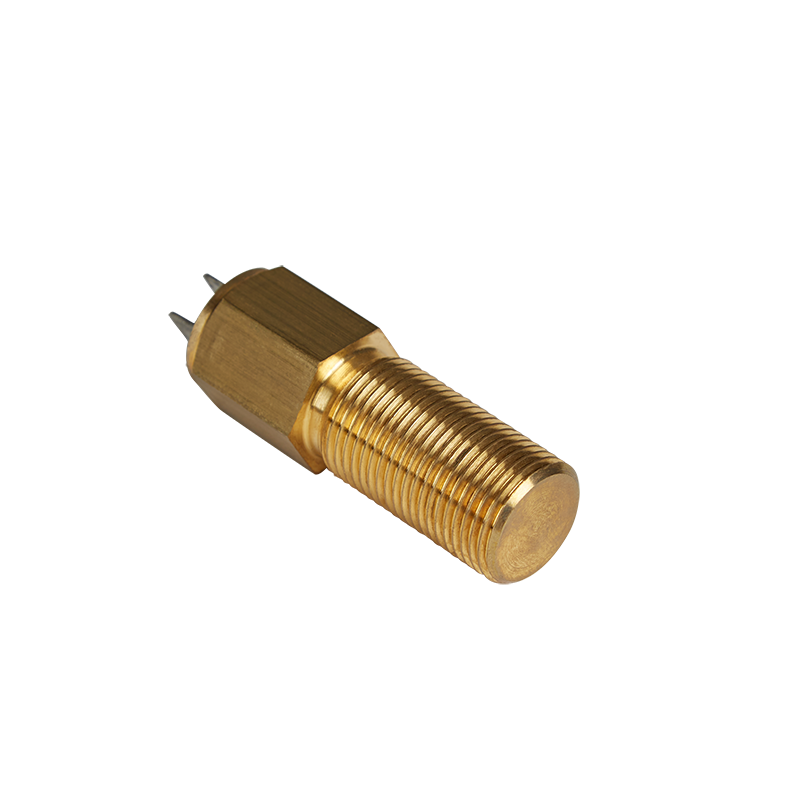Speed sensors
- Home
- Products
- Sensors
- Speed sensors
- All speed sensors
Distinctive
features
Speed sensors use various operating principles (Hall effect and inductive) to detect, without contact, the rotation of phonic or toothed wheels and, in general, any rotating object made of ferrous material with cracks or protruding parts.

%20(anteprima).png?width=1119&height=1497&name=Sensore%20di%20velocit%C3%A0%20flangiato%20(plastico)%20(anteprima).png)
.png?width=800&height=800&name=Sensore%20di%20velocit%C3%A0%20filettato%20(ottone).png)

.png?width=800&height=800&name=Sensore%20di%20velocit%C3%A0%20testa%20esagonale%20(corto).png)